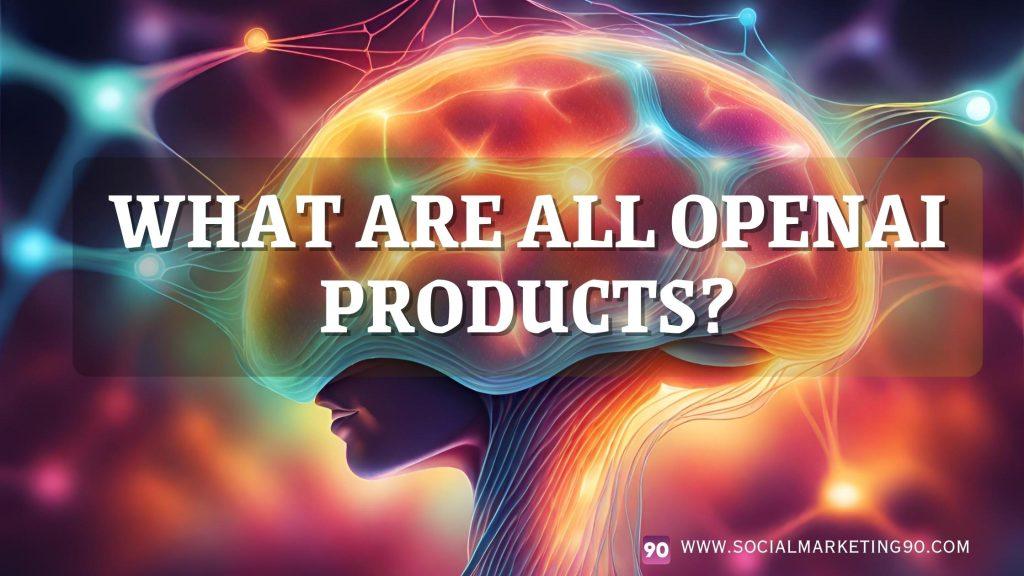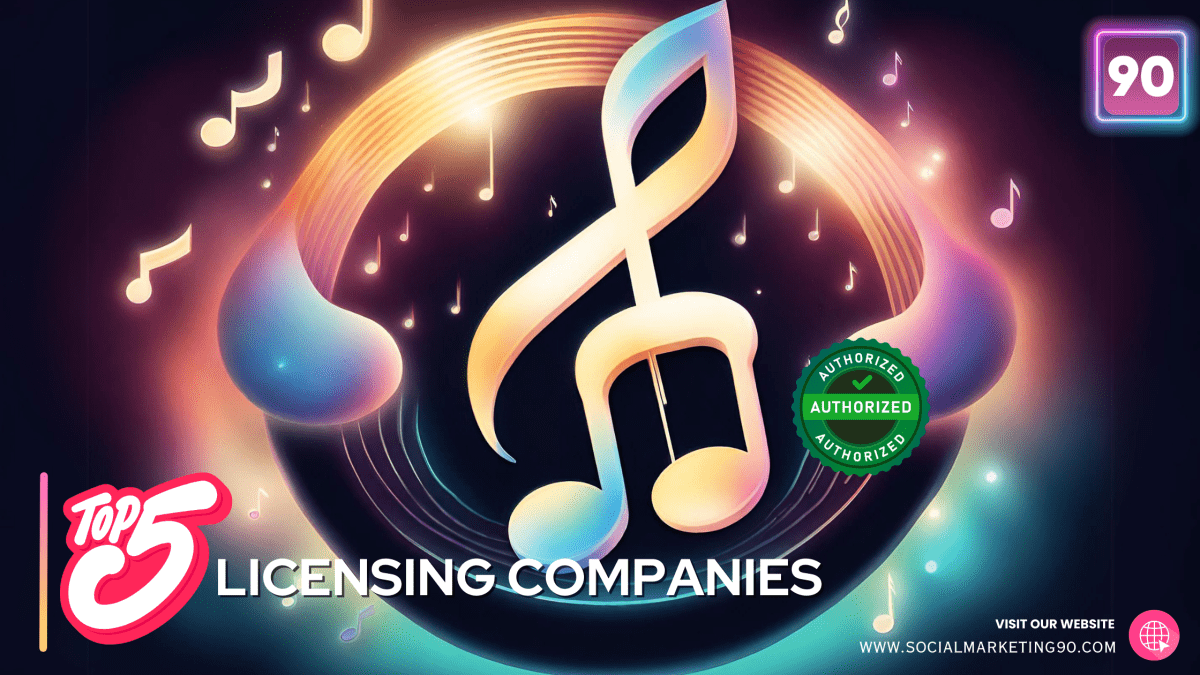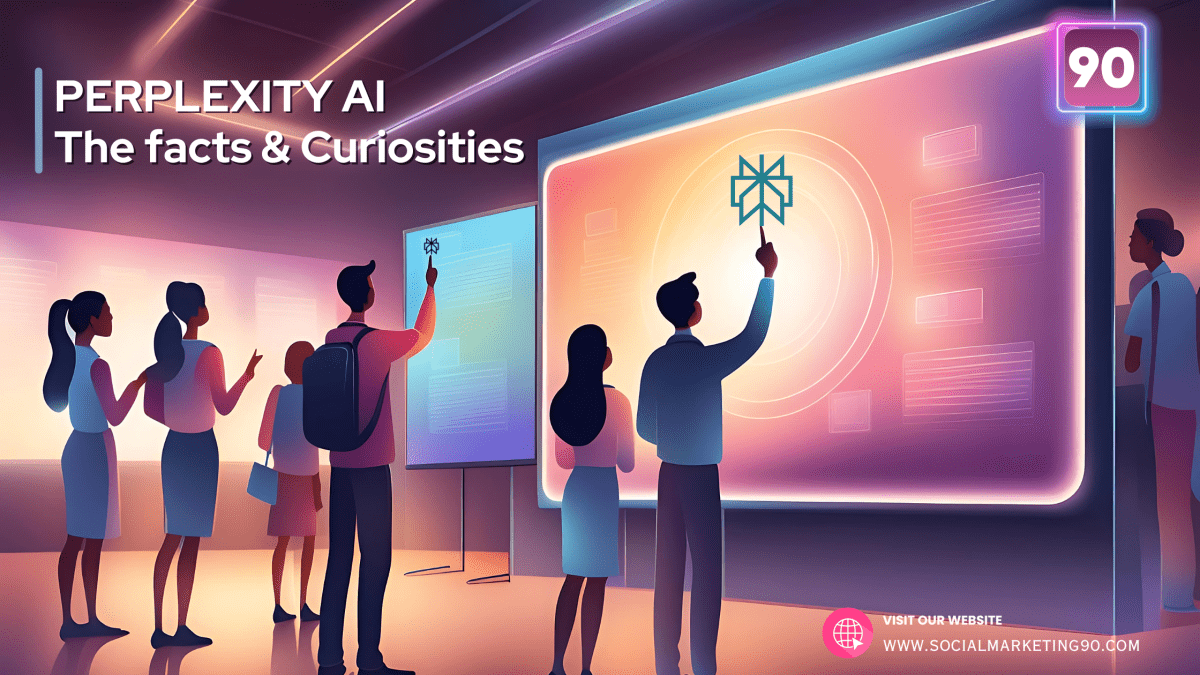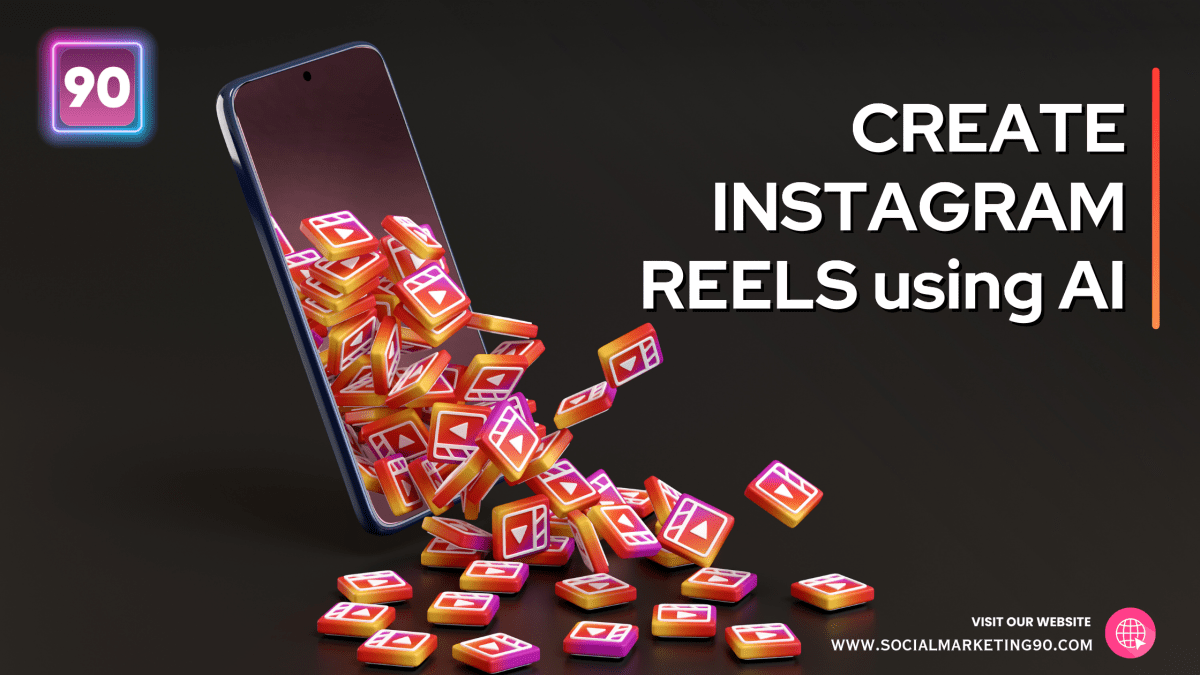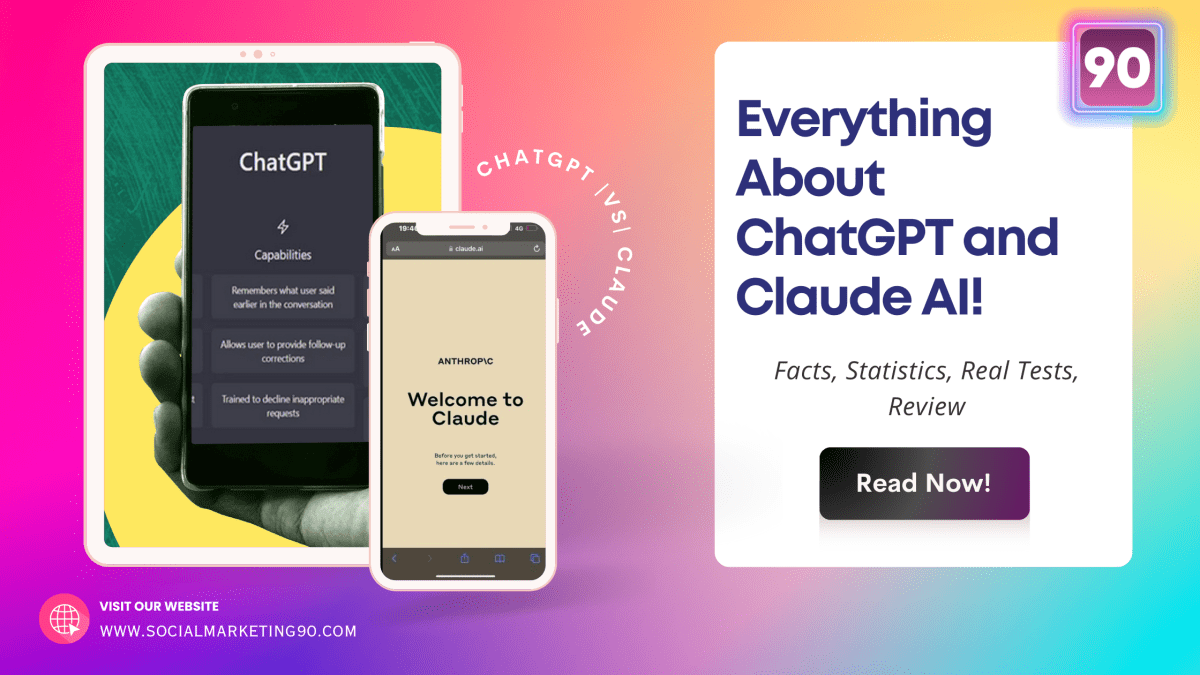Ever since Open AI launched its product ChatGPT, the rise and the popularity of Open AI has gradually increased; but, not just AI writing and GPT are available in Open AI. There are many more products.
Some of them are still rocking, while others were not as much of a success, and were discontinued over the years.
Today we will see all of OpenAI’s products, both from the past and present, uncovering their use cases and exploring future projects that promise to reshape our world. Buckle up now, as we are going to start!
When was Open AI launched, and by whom?

OpenAI is a research organization that aims to create artificial intelligence (AI) that can benefit humanity, without causing harm or being influenced by external factors.
OpenAI was founded in 2015 by a group of tech entrepreneurs and researchers, including Elon Musk, Peter Thiel, Reid Hoffman, and Yann LeCun.
OpenAI’s vision is to develop artificial general intelligence (AGI), which is an AI that can perform any intellectual task that humans can, and artificial superintelligence (ASI), which is an AI that surpasses human intelligence in all domains.
To achieve this vision, OpenAI has developed and released various products and tools that enable developers, researchers, and users to access and leverage the power of AI.
Most of their products and tools are based on OpenAI’s flagship model, GPT (Generative Pre-trained Transformer). This large-scale language model can generate natural responses on various topics.
Open AI Products and their Use Cases (Currently Active Products)

In this section, we’ll see the active products of OpenAI, meaning products that are still running, being updated, and accessible to use. We will also see their use cases.
1. GPT
GPT is a known model that uses deep neural networks to learn from large amounts of text data and generate coherent texts on demand. It can be used for various NLP tasks, like text generation, text summarization, question answering, sentiment analysis, and more.
It can also be fine-tuned on specific domains or datasets to improve performance and accuracy.
The first GPT, GPT-1, was released in 2018 with 117 million parameters. The second version, GPT-2, was released in 2019 with 1.5 billion parameters. The third version, GPT-3, was released in 2020 with 175 billion parameters, making it the most prominent language model.
The GPT-4 was announced in 2021 and has 1.6 trillion parameters, making it the most advanced and powerful language ever, at that moment.
The latest version, GPT-5, is ten times more powerful than GPT-4; it can process text, images, audio, and video and has almost 17.5 trillion parameters. GPT 5 is set to launch in December 2023!
GPT’s Use cases
Some of the use cases and applications of GPT models are,
- Chatbots and Virtual Assistants
- Code Generation
- Content Generation
- Data analysis
2. DALL-E
DALL-E is an Image generation product of OpenAI. Basically, it’s an AI system that can create realistic images and art just via text description. It’s based on text-to-image synthesis, just like any other text-to-image generation tool; you can check the complete list here, by the way.
Back to DALL-E, it uses GPT-3 to generate images matching the text input. It has the ability to combine and produce photos which are relevant to the text input.
For instance, it can combine concepts, styles, and attributes to create surprising outputs.
Check out the picture below, which was generated via DALL-E, and here is the prompt I have used: “Cottage overgrown with trees and grassland, high-fantasy, digital art.“

Plus, by leveraging their free plan, you will get 15 Credits for 15 image generations per month!
DALL-E’s Use cases
Here are the use cases of DALL-E, listed below,
- Image Generation (Primary)
- Outpainting
- Inpainting
- Image editing
3. CLIP
We all heard of Dall-E and GPT, but is now time to discover more “under the radar” products from Open AI.
We will start with CLIP. CLIP is a powerful OpenAI computer model designed to understand text and Images together.
For instance, imagine you have a robot that can understand pictures and words. CLIP is the brain of that robot; when you show an image of a cat to the robot and say it’s “Cat” in words, it will know that the picture and the word both mean the same thing.
CLIP helps the robot connect pictures and phrases to understand the world better!
CLIP’s Use cases
Since it works on both Images and texts, here are the actual use cases of CLIP,
- Image Classification
- Object detection
- Face Recognition
- Image Search
4. WHISPER
Whisper is a speech recognition model of OpenAI, which can transcribe, identify, and translate multiple languages. In short, it can transcribe speech into text and translate it into many languages from English, or vice versa.
Whisper can handle various types of speech, such as conversational, formal, noisy, and accented.
Whisper’s Use Cases
Some of the use cases and applications of Whisper are,
- Speech recognition and transcription
- Language identification
- Speaker identification
- Emotion identification
- Language translation
- Captioning
5. OpenAI's Playground
OpenAI’s Playground is an online tool where you can play around with different products created by OpenAI.
It’s free to use, but you must have an OpenAI account. Initially, when you sign up, OpenAI will provide $18 credits to play around with the features available on it; but here is the note: it’s for a limited time only, so take advantage of the opportunity until it lasts!
In the Playground, the users can try all the active products of OpenAI.
Playground Use Cases
Here are the use cases of Playground, using some creativity!
- Generating text-based content for various purposes
- Writing poems based on a specific style of the authors
- Giving random cards for a deck
- Writing a list of terms in a particular exam
And of course, testing OpenAI products 🙂
Open AI Products and their Use Cases (Discontinued Products)

Now let’s see the discontinued products in this section, meaning products that either have been shutdown, or are deprecated and are going to become inaccessible soon.
6. CODEX
Codex is an AI system that generates and executes code from natural language descriptions, opening new possibilities for software development and programming. Codex is based on GPT-3 and uses a natural language technique for code synthesis, which generates code that matches a given natural language input.
Codex can generate code in over a dozen popular programming languages like Python, JavaScript, Java, C#, and more.
However, OpenAI discontinued Support for the Codex API on March 23, 2023, due to the upgrade of GPT 3.5, which can do the same thing, with a given prompt.
Codex’s Use cases
Some of the use cases and applications of CODEX are,
- Code Generation
- Code Execution
- Code Completion
- Code Correction
Again, you can now ask current ChatGPT version to write or correct any code for you, reason why Codex is on its way to be discontinued.
7. AI Text Detection tool – Text Classifier
OpenAI made a tool to figure out if a person or a computer did a piece of writing. They used a particular GPT model for this. When it was active, To use the tool, you simply had to paste your text into a box on the website, and click submit.
The tool then would rate the text from “Very unlikely” to “Likely.”
But this tool wasn’t perfect. While it worked quite well on long texts or ones that are easy to predict, it would not be as reliable on short-form text or less predictable AI writing.
And, it might be tricked by computer-generated texts that people edit or by newer AI systems that use built-in anti-AI detection, such as the ones we mentioned in this article.
Therefore, because of the low success rate and complaints from users, this AI detection tool was discontinued by Open AI.
It was launched on January 31, 2023, but discontinued on July 25, 2023.
If you’re looking for an AI content detector, browse our website for the updated list. On the other hand, if you want to easily bypass any AI detector out there, you must check the guide “How to Make AI Writing Undetectable”!
Text Classifier Use Cases
When this product was active, the possible use cases of Text Classifier, were
- Identifying AI content
- Check for the authenticity and originality of a piece of content
8. /v1/fine-tunes API
This was the original OpenAI API for fine-tuning models on custom datasets. On August 22, 2023, it was announced that it would be shut down on January 04, 2024, along with legacy models (including those fine-tuned with the /v1/fine-tunes API).
The reason for the shutdown was to introduce a new fine-tuning API (/v1/fine_tuning/jobs) that offers more features and flexibility.
Once it is released, we will update this article with the above product.
Use cases of Fine Tunes API
The use cases of V1 fine-tune API reflect the ones of any OpenAI product, since it can be used to use any of them via API. Common scenarios, include
- Text summarization and generation
- Chatbots
- Sentiment analysis
9. OpenAI’s Gym
OpenAI Gym is a pythonic (meaning that runs on Phyton) toolbox, that helps people create and compare smart computer programs that learn from experience. These programs, called reinforcement learning algorithms, can be used to control virtual robots, play video games, or even solve board games.
The Gym provides a common way for these algorithms to interact with different virtual worlds, like game environments. There’s also a website where people can show off their work and see how well their algorithms perform compared to others.
Even though OpenAI Gym is still around, it moved to a new home called Gym Library in April 2021, and on a completely new website. However, this product is still part of OpenAI foundation.
Use Cases of Gym
Here are some things you can do with OpenAI Gym,
- Learn about reinforcement learning by testing out different algorithms and settings.
- Compare how well different reinforcement learning programs perform on various tasks and challenges.
- Create your own virtual worlds and smart programs to solve specific problems.
- Work together with other researchers and developers, trying out and reproducing their experiments and results.
Statistics about OpenAI
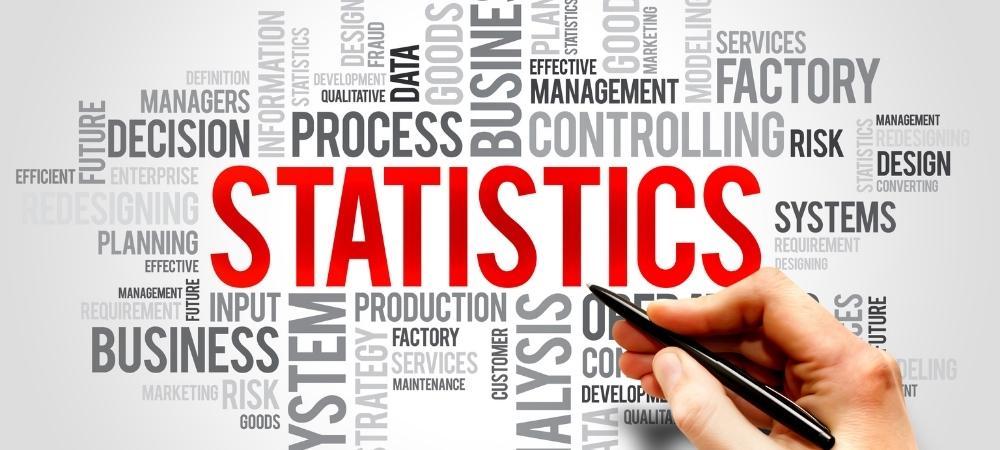
Now we know about OpenAI’s active and in-active products, let’s quickly see some of the most interesting statistics about OpenAI.
- OpenAI is expected to be worth more than $80 billion by the end of 2023. Its value has increased steadily, reaching $29 billion in 2023, $20 billion in 2022, and $260 million in 2021.
- OpenAI is most used in the United States with 13.36% of the usage share, followed by Japan with 4.28% and Brazil with 3.19%. The majority of OpenAI’s traffic comes from search engines, especially Bing.
- OpenAI has over 100 million monthly active users as of 2023, making it one of the most popular AI platforms in the world.
For more info and curiosities, have a look at the article “12 Open AI facts and curiosities that you should know about“.
Upcoming OpenAI Projects and Products

Now let’s see the future products OpenAI plans to launch.
- GPT-5: The upcoming version of OpenAI’s main language model is set to have even better features than GPT-4, but it will need more data for training. The official date of launch has not been mentioned till now, but is expected to be in late 2024.
- DALL-E-3 API: This model, an upgrade from DALL·E 2, can make all kinds of lifelike pictures based on what you describe. For instance, you can ask it to create a picture like “a Van Gogh-style landscape painting” or “a dog wearing glasses.” (update: DALL-E 3 is available to ChatGPT Plus and Enterprise customers since late October 2023)
- GPT-4 Turbo with Vision: It’s supposed to be a special model that understands words and pictures. You can tell it something like “a cat with a hat,” and it can create a story and draw a picture about it. This program would be an improved version of the GPT-4 Turbo model that came out in 2023.
- Text-to-Speech (TTS) API: An open API designed to transform text into lifelike speech is not available yet, but OpenAI is working toward that direction. Additionally, it will be able to produce speech from images, providing descriptions of the image content or narrating a storyline based on the visual input. This API uses the advanced technology in the GPT-4 Turbo with Vision model.
- Assistants API: A new API that has the goal of making it easier for developers to build their own assistive AI apps with goals. For instance, an app that can help users order food or play a game. It can also integrate with other OpenAI products, such as GPT-4 Turbo, DALL·E 3, and TTS.
Wrap up

Thus, we have come to an end now, and after doing our in-depth research about OpenAI, we were also surprised to see how many products they have, other than the popular GPT and DALL-E.
We can conclude that OpenAI leads the progress toward a bright AI world that can help users improve their working style and elevate their knowledge and productivity with AI.
And OpenAI is not done yet, as they keep releasing updated, more powerful versions of their current products, as well as working on new projects.
However, also OpenAI is not perfect! While some of their products became extremely successful, others, such as AI detection, were discontinued.
And other than OpenAI, let’s not forget that there are plenty of AI tools and products available in the market, such as AI writers, AI voices, AI video generators, AI website builders, and more. Everything is possible with AI products, from producing music to writing content. And a big thanks goes to OpenAI, a company who has been leading the progress in this field over the last few years.

